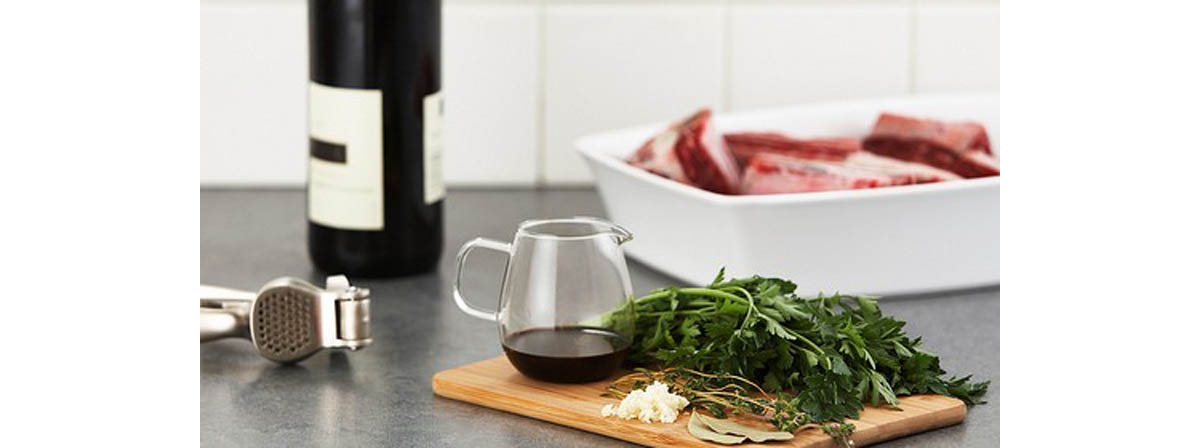Table of Contents
Essential tips for Fourth of July food safety continued:

6. Add red wine or thyme to your marinades for beef
If you are planning to grill a steak for your Fourth of July meal, particularly if you are planning to serve it rare, be sure to marinade it first. Both red wine and thyme kills Salmonella. They aren't "antiseptics," in that they would make your steak 100% safe for human consumption even if you chose to eat the meat raw, but they kill enough Salmonella bacteria that they are likely to reduce the number of disease-causing microbes enough that diners would avoid infection, if the meat is not cross-contaminated after it is cooked.
7. Precooking burgers for 60 seconds in the microwave before putting them on the grill reduces Salmonella contamination
Salmonella can't stand up to microwaving. It isn't necessary to do the entire cooking process in the microwave. Just 60 minutes is enough to significantly reduce Salmonella contamination. Microwaving only works on ground meat. On fillets and especially on thick steaks it has very little effect other than interfering with caramelization, char, and juiciness (in an undesirable way).
8. Broiling kills more disease-causing microbes than pan-frying or grilling
And using a meat tenderizer plus some kind of acid (lemon juice, vinegar in a marinade, or red wine) kills even more of the bacteria that can cause food poisoning.
9. Leave gathering wild mushrooms to the experts
Mushrooms can make a tasty addition to your Fourth of July grill, and there's no reason to worry about the safety of packaged mushrooms you buy at the market. Wild mushrooms you gather in the woods, however, are another story. Of the 140,000 species of mushrooms that occur in the wild, only about 2,000 are safe for human consumption. Every year about 60,000 people get sick enough after eating wild mushrooms that they have to go to the emergency room, and about 60 people year per die after eating poison mushrooms, especially the death cap (especially Amanita muscaria or Amanita patherina) or black morels (Morchella angusticeps).
10. Be aware that not all food-borne illnesses show up in the digestive tract
Food-borne illnesses can manifest themselves as urinary tract infections, especially in children. If you are curious exactly how that can happen, the answer runs something like this. Uncooked or undercooked meat, fish, shellfish, or poultry is infected with a microorganism that can cause a urinary tract infection, such as E. coli. The germs gets on fingers, and fingers transfer the germ to the genitals. How can you prevent this kind of UTI? Wash hands before you go to the bathroom, as well as after.
- Lima AD, Costa Fortes R, Carvalho Garbi Novaes MR, Percário S. Poisonous mushrooms: a review of the most common intoxications. Nutr Hosp. 2012 Mar-Apr. 27(2):402-8. doi: 10.1590/S0212-16112012000200009. Review. PMID: 22732961.
- Nordstrom L, Liu CM, Price LB. Foodborne urinary tract infections: a new paradigm for antimicrobial-resistant foodborne illness.Front Microbiol. 2013. 4:29. doi: 10.3389/fmicb.2013.00029. Epub 2013 Mar 6. PMID: 23508293 [PubMed].
- Photo courtesy of freecandy13 by Flickr : www.flickr.com/photos/60952061@N04/6973853186/
- Photo courtesy of Food Thinkers by Flickr : www.flickr.com/photos/foodthinkers/4584688468/


Your thoughts on this